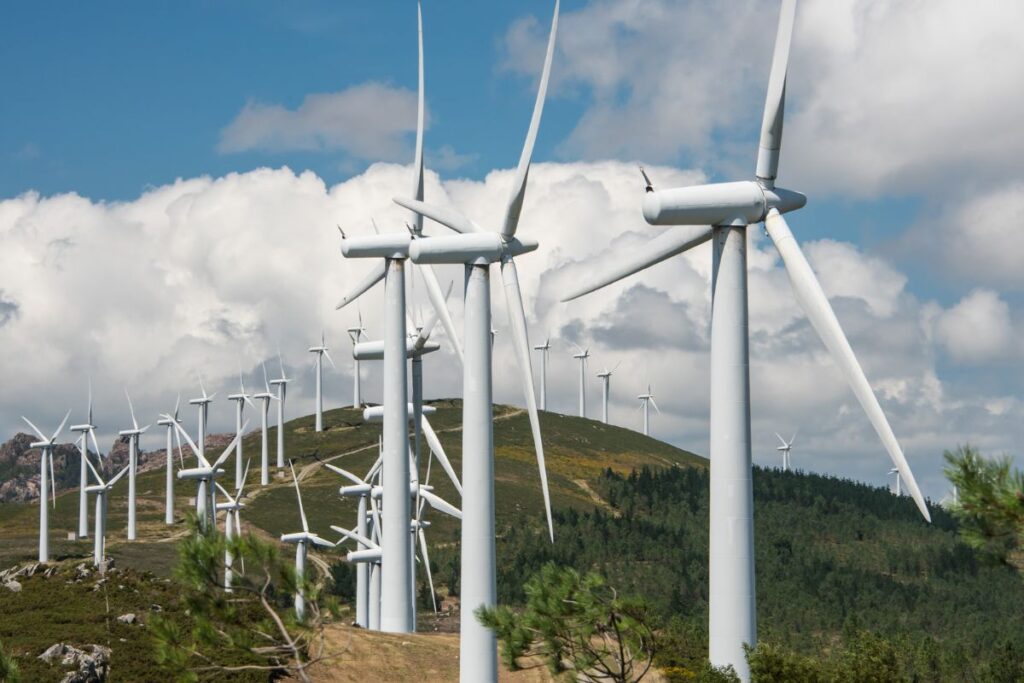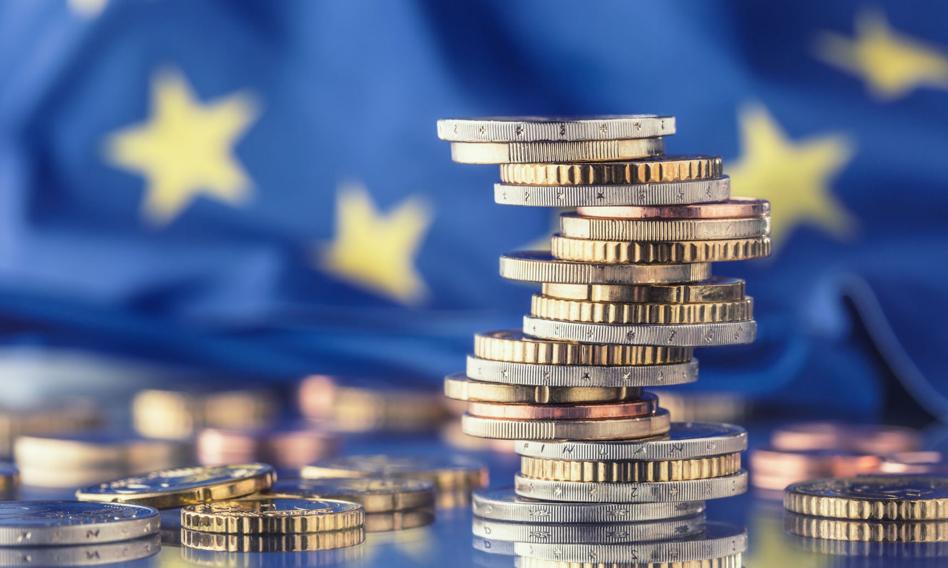
W kierunku zrównoważonego rozwoju.
Współczesny świat stoi przed wieloma wyzwaniami związanymi z ochroną środowiska i zrównoważonym rozwojem. Jednym z kluczowych aspektów tej problematyki jest produkcja energii, która w dużym stopniu wpływa na stan ekosystemów na całym globie. Region Riwiery Olimpijskiej, będący unikatowym połączeniem naturalnych piękności i zaawansowanej infrastruktury turystycznej, również staje przed wyzwaniem zrównoważonego zarządzania zasobami energetycznymi. W niniejszym artykule przedstawiamy zastosowanie energii odnawialnej w tym regionie, wskazując na najważniejsze kwestie związane z tą tematyką oraz dostarczając pomocnych definicji. Praca ta kierowana jest do nauczycieli szkół ponadpodstawowych i ma na celu zwiększenie świadomości na temat znaczenia odnawialnych źródeł energii.

W regionie Riwiera Olimpijska, dzięki częstym wiatrom nad Morzem Egejskim, energia wiatrowa stanowi obiecujące źródło. Turbiny wiatrowe mogą być instalowane na wybrzeżu, a ich ruch przekształca się w energię elektryczną. To ważny krok w kierunku zrównoważonego rozwoju, który przyczynia się do ochrony środowiska.

Energia odnawialna w regionie Riwiery Olimpijskiej ma kluczowe znaczenie nie tylko dla ochrony jego unikalnego środowiska naturalnego, ale także dla zapewnienia zrównoważonego rozwoju gospodarczego i poprawy jakości życia mieszkańców. Poprzez inwestycje w odnawialne źródła energii, region ten może stać się wzorem zrównoważonego rozwoju, pokazującym, że harmonijne współistnienie człowieka z naturą jest możliwe i może przynieść korzyści dla obu stron.

Energia słoneczna:
Dzięki dużemu nasłonecznieniu regionu, energia słoneczna stanowi kluczowy element strategii zrównoważonego rozwoju. Panele słoneczne instalowane są zarówno na dachach budynków prywatnych, jak i w obiektach użyteczności publicznej.

Energia geotermalna:
Wykorzystując naturalne źródła ciepła ziemi, region rozwija projekty geotermalne, które zapewniają ogrzewanie i ciepłą wodę dla domostw oraz obiektów turystycznych.

Biopaliwa i biomasa:
Pozyskiwanie energii z lokalnych źródeł biomasy oraz produkcja biopaliw z odpadów rolniczych i leśnych stają się coraz bardziej popularne, przyczyniając się do rozwoju gospodarki obiegu zamkniętego.
Integracja z istniejącą infrastrukturą:
Wprowadzenie nowych technologii wymaga odpowiedniego dostosowania infrastruktury energetycznej, co jest jednym z głównych wyzwań.

Edukacja i świadomość społeczna:
Budowanie świadomości na temat korzyści płynących z energii odnawialnej i zrównoważonego rozwoju jest kluczowe dla osiągnięcia długoterminowych celów.
Inwestycje i finansowanie:
Rozwój projektów związanych z energią odnawialną wymaga znacznych inwestycji, dlatego kluczowe jest zapewnienie odpowiedniego wsparcia finansowego od lokalnych władz i organizacji międzynarodowych.


Towards sustainable development.
The modern world faces many challenges related to environmental protection and sustainable development. One of the key aspects of this issue is energy production, which largely affects the condition of ecosystems around the globe. The Olympic Riviera region, a unique combination of natural beauty and advanced tourism infrastructure, also faces the challenge of sustainable energy management. In this article, we present the use of renewable energy in this region, highlighting the most important issues related to this topic and providing helpful definitions. This work is addressed to secondary school teachers and aims to increase awareness of the importance of renewable energy sources.

In the Olympic Riviera region, thanks to frequent winds over the Aegean Sea, wind energy is a promising source. Wind turbines can be installed along the coast, and their movement is converted into electrical energy. This is an important step toward sustainable development, contributing to environmental protection.

Renewable energy in the Olympic Riviera region is crucial not only to protect its unique natural environment, but also to ensure sustainable economic development and improve the quality of life of its inhabitants. By investing in renewable energy sources, this region can become a model of sustainable development, showing that harmonious coexistence of man and nature is possible and can bring benefits to both parties.

Solar energy:
Thanks to the region’s abundant sunshine, solar energy is a key element of the sustainable development strategy. Solar panels are installed both on the roofs of private buildings and in public buildings.

Geothermal energy:
Using the earth’s natural heat sources, the region is developing geothermal projects that provide heating and hot water for homes and tourist facilities.

Biofuels and biomass:
Obtaining energy from local biomass sources and producing biofuels from agricultural and forestry waste are becoming increasingly popular, contributing to the development of the circular economy.
Integration with existing infrastructure:
The introduction of new technologies requires appropriate adaptation of the energy infrastructure, which is one of the main challenges.
Education and public awareness:
Building awareness about the benefits of renewable energy and sustainability is crucial to achieving long-term goals.

Investment and financing:
The development of renewable energy projects requires significant investment, so it is crucial to secure adequate financial support from local authorities and international organizations.

In summary, the use of renewable energy in the Olympic Riviera region is an important step towards sustainable development. The information and definitions presented above are intended not only to increase teachers’ and students’ awareness of the possibilities offered by renewable energy, but also to encourage further exploration of this topic and active participation in local ecological initiatives. Education about renewable energy and its practical applications is a key element in shaping pro-ecological attitudes and building a better future for all of us.